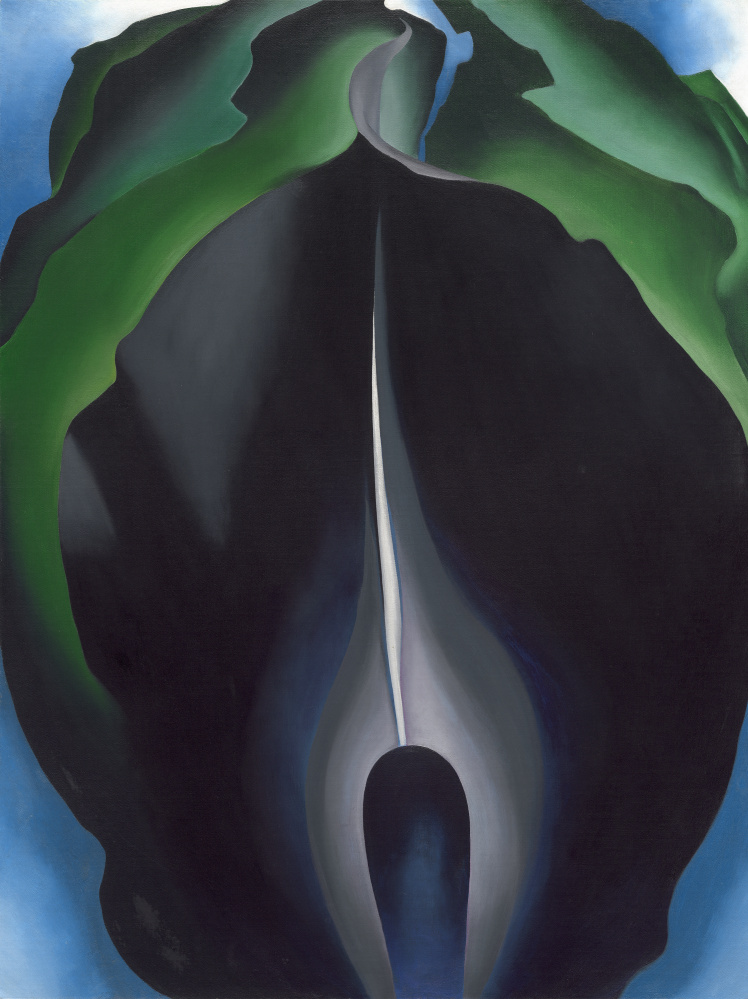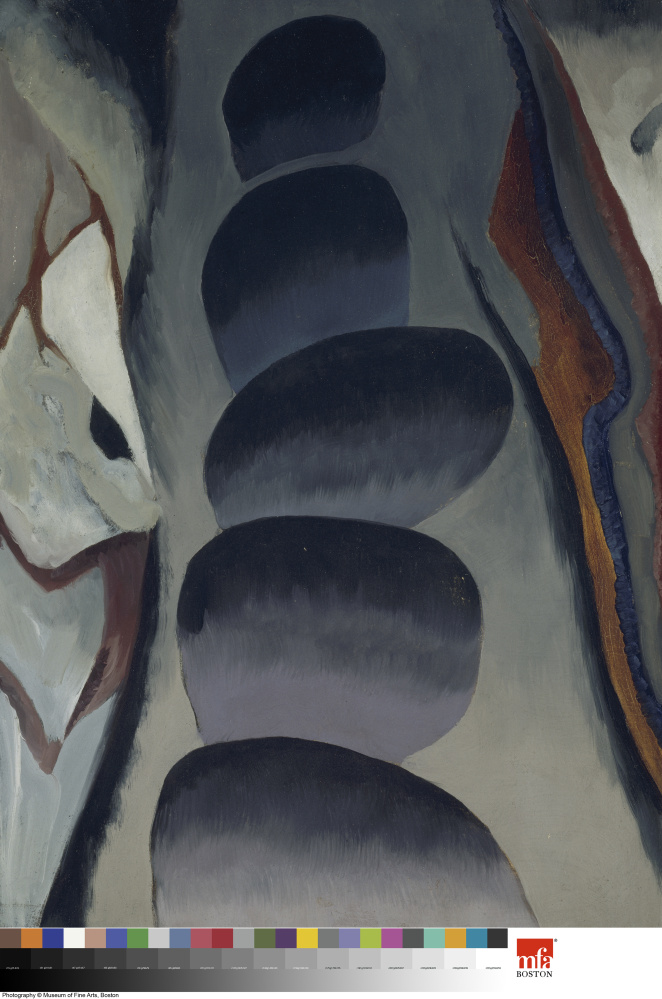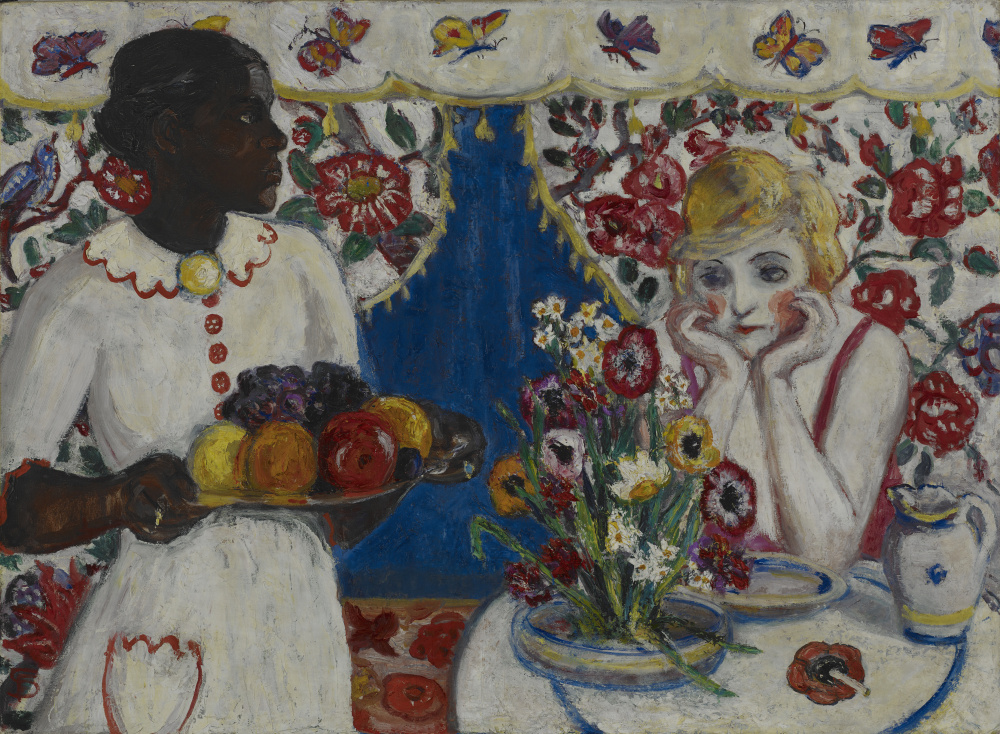For storytelling purposes, it would be neat and clean if the four women who are part of a new Modernism exhibition at the Portland Museum of Art were best friends. They were not. Instead, they were connected by the smart, fast and witty art scene of the early 20th century, when women began expressing themselves in society at large.
This summer, the Portland Museum of Art celebrates the modernist New York art scene with “O’Keeffe, Stettheimer, Torr and Zorach: Women Modernists in New York.” It opens June 24 and continues through Sept. 18, one of three summer exhibitions at the PMA. “George Braque: Surface and Space” opens June 24, and “Skowhegan at Seventy” opens June 4.
The women Modernists exhibition explores the art of Georgia O’Keeffe, Marguerite Zorach, Florine Stettheimer and Helen Torr, comparing their work and creating context for the first wave of feminism in modern art.
It’s an exhibition about freedom, liberation and potential.
“This show offers us a way to think about modernism that marries the unbelievable formal freedom of the possibilities that Modernism offers in the early-20th century with the extraordinary story of American women in the early-20th century,” said Chief Curator Jessica May.
Women began expressing themselves politically and socially, winning the right to vote in 1920 and their own personal freedom by joining the workforce in large numbers.
“Women Modernists in New York” tells the story of women coming into a new place in American society with the first wave of feminism, May said. “It was a moment of exhilaration, both formally and the way these women lived their lives,” she said.
The exhibition attempts to reveal how each woman sought recognition in her own right and how their individual identities and place in life shaped how they worked and the way their work was interpreted – and sometimes discounted by the male-dominated art world. It examines the talents of each woman and compares the privileges and influences that shaped them.
The exhibition was organized by the Norton Museum of Art in West Palm Beach, Florida. The Norton curator arranged the show as four separate narratives. The Portland Museum of Art plans to hang the show collectively. “Our galleries have more fluidity to them,” May said. “The architecture of our space wants you to make connections across the entire room. We are going to allow the motifs of the show to be the dominant theme.”
One area will focus on landscape work, another on urban themes. One section of the exhibition will show how the women viewed themselves, May said.
O’Keeffe achieved the greatest success of the four. She became one of America’s best-known artists in her time and remains widely recognized today. Stettheimer, on the other hand, barely showed her work. The success of one and the limitations of the other are part of the narrative of the exhibition’s story, May said. Their lives are full of the contradictions of the freedoms that the early-20th century offered as well as the structural limitations.

Courtesy of Portland Museum of Art/ National Gallery of Art, Washington
“Jack-in-the-Pulpit No. IV,” 1930, by Georgia O’Keeffe
The lives of these artists intersected, as they shared social circles or were acquaintances. Some came from money. Others did not. But they were bound by their contributions to modern art, in the same city at the same time, May said.
Send questions/comments to the editors.






Success. Please wait for the page to reload. If the page does not reload within 5 seconds, please refresh the page.
Enter your email and password to access comments.
Hi, to comment on stories you must . This profile is in addition to your subscription and website login.
Already have a commenting profile? .
Invalid username/password.
Please check your email to confirm and complete your registration.
Only subscribers are eligible to post comments. Please subscribe or login first for digital access. Here’s why.
Use the form below to reset your password. When you've submitted your account email, we will send an email with a reset code.